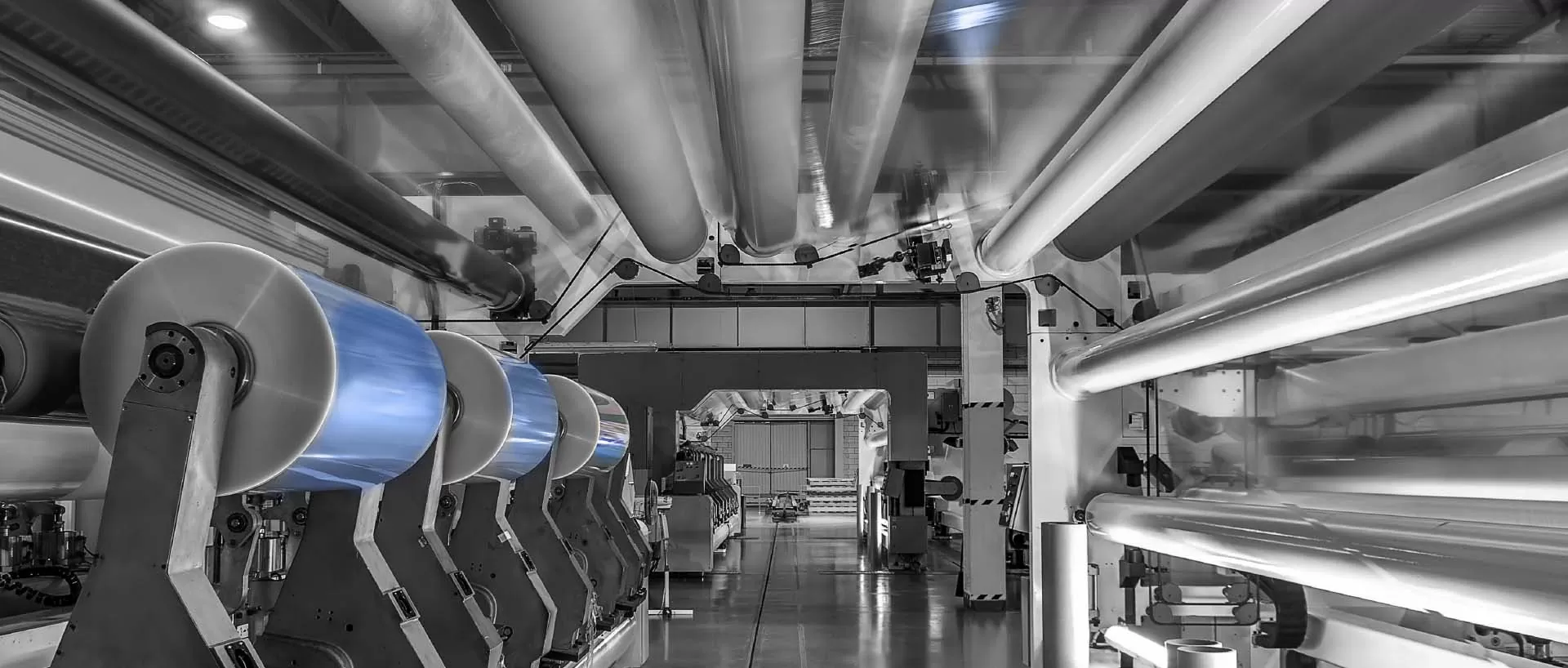The process is disrupted
Static cling or static attraction to disrupt your production process. In production processes, static electricity can often be a severe disruption, as it means that materials get stuck to machine parts or to each other. Whenever materials are brought into close contact, a charge exchange may occur between the surfaces of the two materials. All in all this static electricity can create dangerous working environments. Static elimination can help to eliminate static in production processes.
“The process is disrupted”

The problem
Build-up of static charges on non conductive objects can create enormous adhesion forces and cause what is known as a static-cling. These electrostatic force cause materials to stick together or to repel each other at different locations in a production process creating disruptions on winders, printing and stacker applications.
Examples of static cling
In production processes, unwanted static electricity can often be a severe disruption. Operators and other personnel that work with the machines do not like getting electric shocks. In explosion or hazardous(ATEX) zones, static electricity can cause a spark, which in turn can cause a fire or even an explosion. The following ways of static cling can occur in processes.
- A plastic film clings to the idle roller causing disruption in the web tension and web guidance.
- Small punched parts stick together
- Sheets on a stack stick causing feeding of multiple sheets or can not be taken apart
- Plastic film wound on a winder clings to the roll when trying to unwind
- Bags do not open because the layers are stuck together
Examples of repelling
- Yarns for textile travel alongside at very small spacing. Repelling causes irregular
- Small injection moulded parts jump out of the box
- Sheets float on a stack
- Film on a roll on winder is telescoping
Static damages the material. spontaneous discharges and sparks can occur causing damage to the material or electronic equipment. Also, due to static charges on the film you use in the production process, the layers will cling together causing problems when trying to separate the layers. This will cause customers to have problems with your materials.

